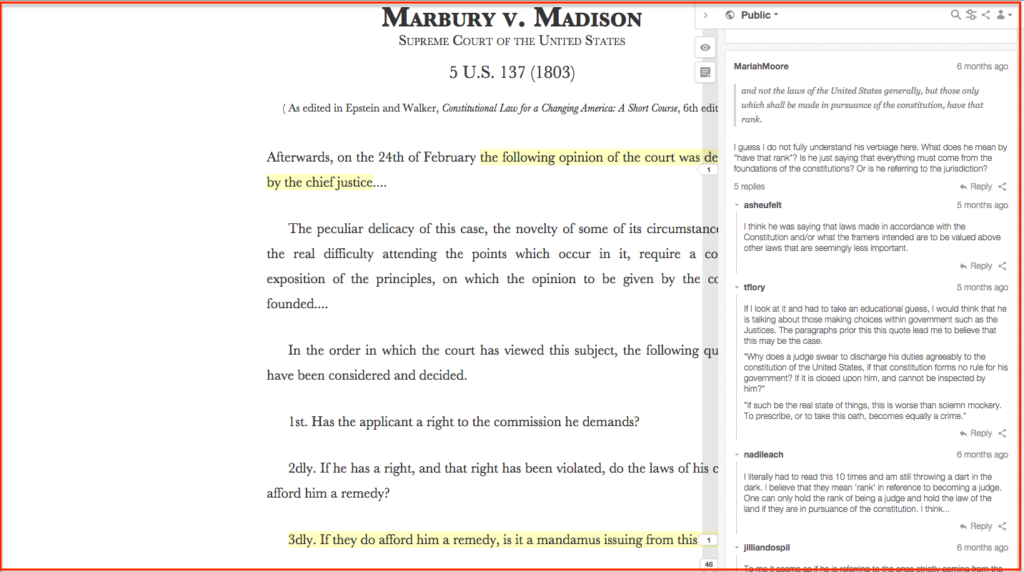by Nathan Loewen, Department of Religious Studies Among the many objectives for the first day of class, for some teachers, is to create a sense of community. Many of the strategies used face-to-face may be adapted to the online environment. Here are some ice-breakers that have worked in the past. They may be adapted to Zoom, too! These ideas work for seminars as well as larger courses (e.g. using breakout rooms). Two truths and a lie is a classic. Ask […]
16 Community-Building Ice-Breakers for Zoom


